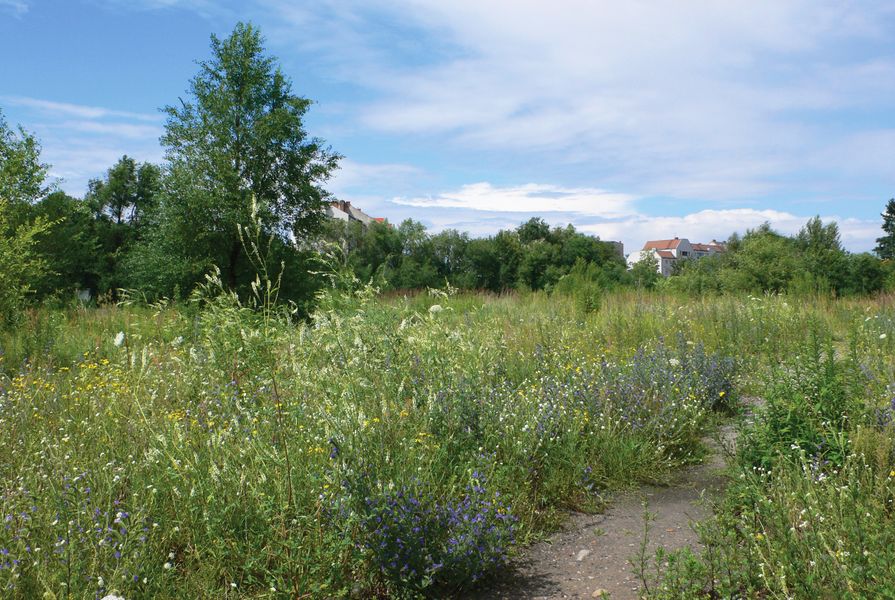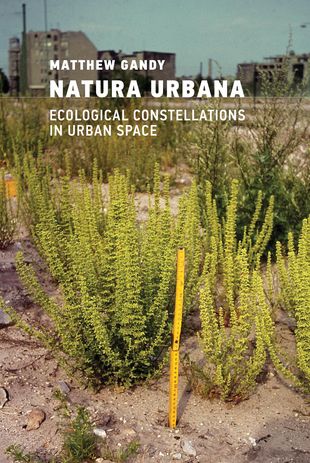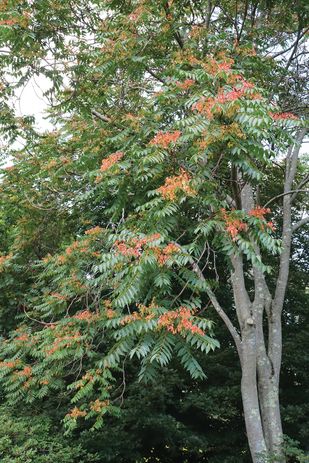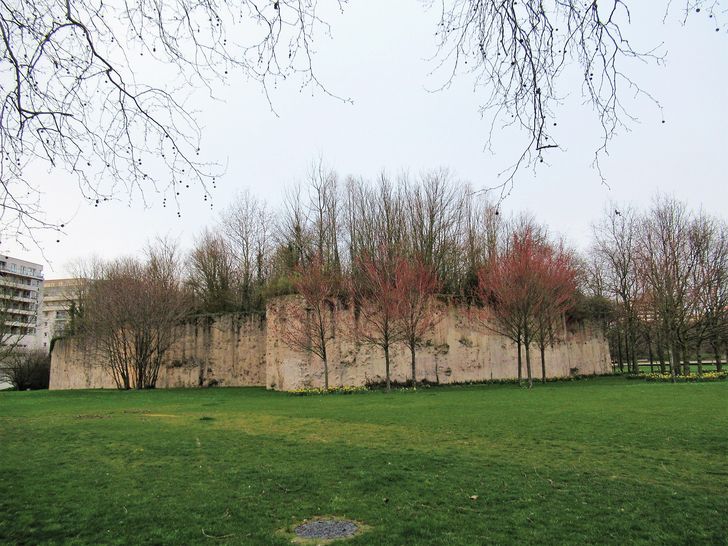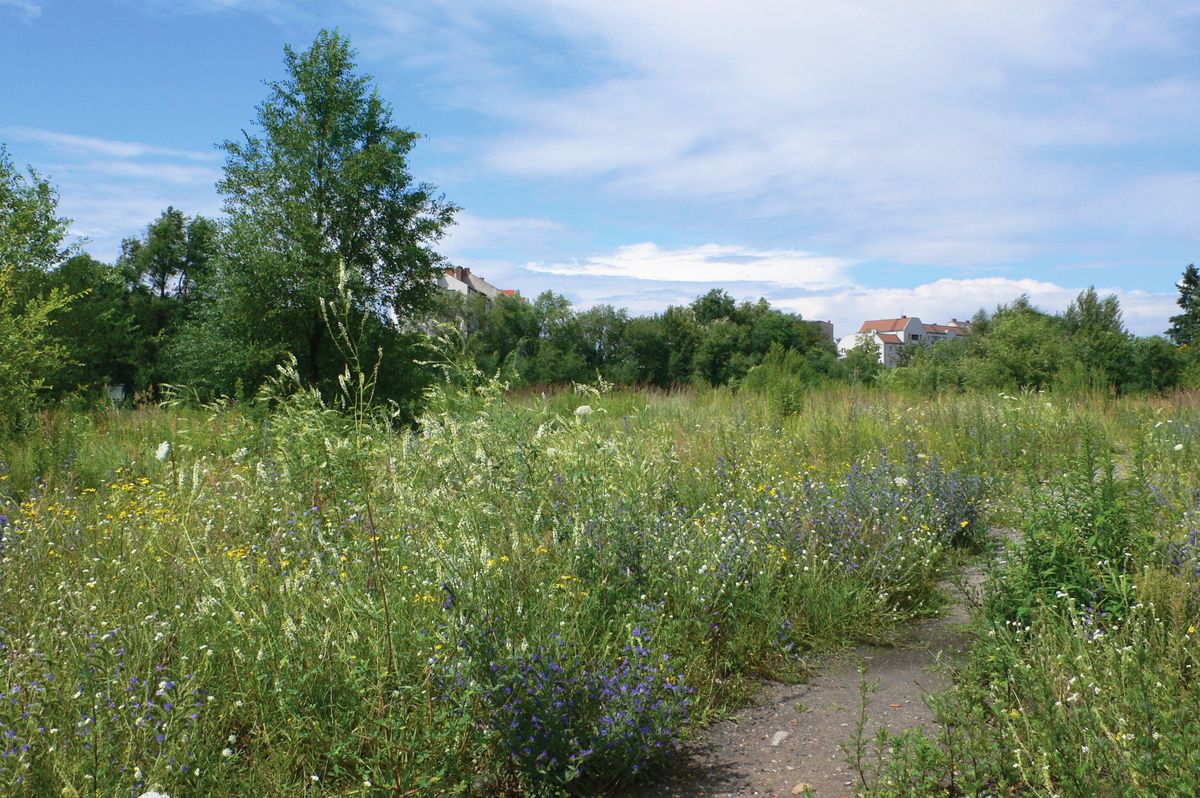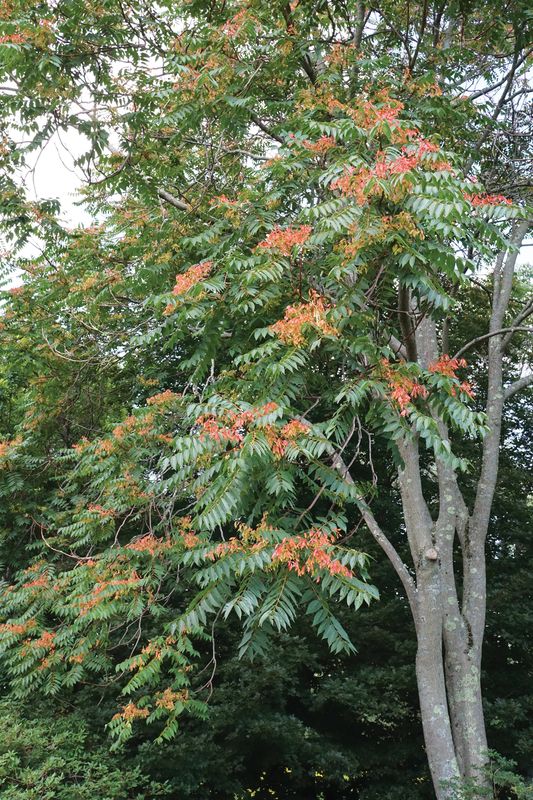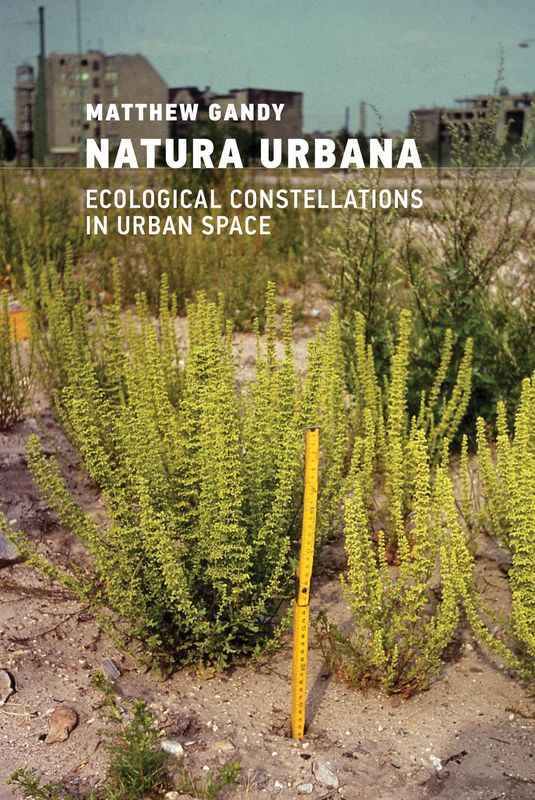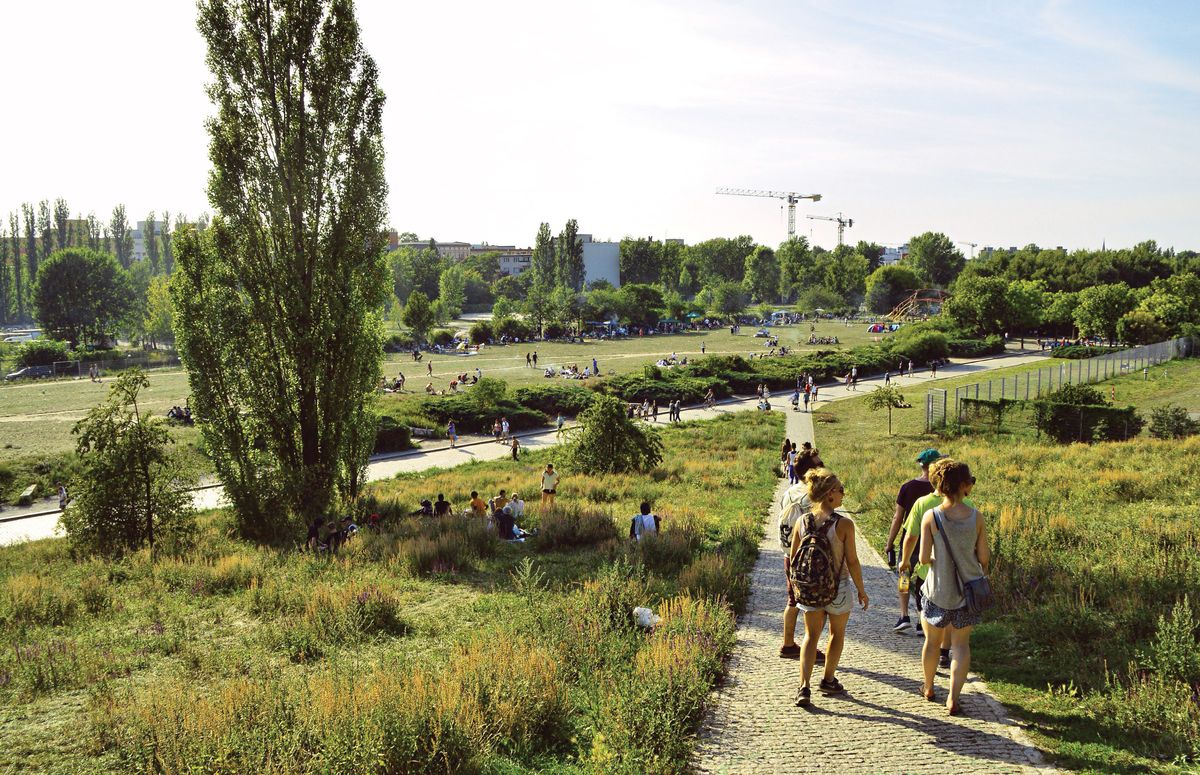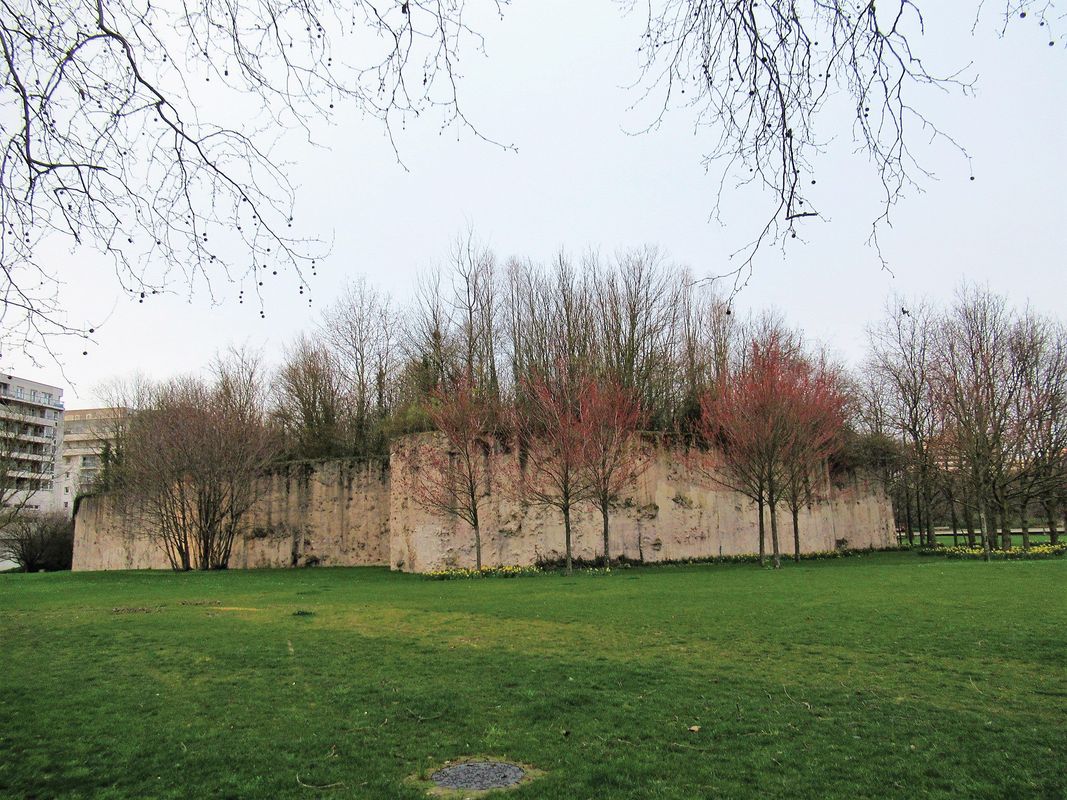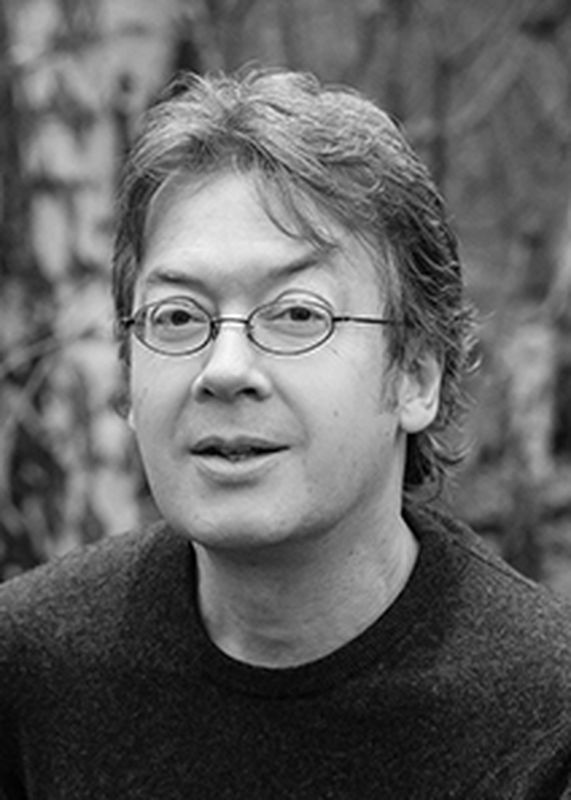Matthew Gandy is a cultural, urban, and environmental geographer with particular interests in landscape, infrastructure and biodiversity. His books include Concrete and Clay: Reworking Nature in New York City, The Fabric of Space: Water, Modernity, and the Urban Imagination and, most recently, Natura Urbana: Ecological Constellations in Urban Space. He is Professor of Cultural and Historical Geography at Kings College at the University of Cambridge.
London-born cultural, urban, and environmental geographer Matthew Gandy.
Julian Raxworthy – You’ve got a bit of a following in landscape architecture. We are in a time where geography has become important, and the discipline is prominent in landscape architecture discourse where people are now “looking at the overlooked.” Why are we interested in these spaces and systems that, previously, we were either trying to disguise or even actively avoid [like urban wastelands with weeds, for example]?
Matthew Gandy – In trying to make sense of urban nature in broad terms, I’ve come to the view that there are four different perspectives. The systems-based perspective is the dominant view in the ecological sciences and in landscape design – this conceptualizes space as sets of interrelated flows and different components that can be quantified, managed and predicted. Running parallel to that is a second strand going back to the nineteenth century, the observational paradigm, which concerned the observation of the intricate material spaces of nature in the city by botanists and ornithologists. The third area, emerging from the 1990s onwards, is the field of urban political ecology that my own work is closely associated with – looking at the circulatory dynamics of capital and the built environment, but also potentially looking at cultural representations of nature and the relationship between politics and environmental discourse from different angles. And then, there is a fourth aspect here, which I refer to as the “ecological pluriverse,” [which engages] thinking about the multispecies city and how, for example, we might live better with non-human others, linking with recent developments in anthropology.
JR – Do you think the climate crisis and the Anthropocene has changed the subject of interest from the purely natural to something else?
MG – The Anthropocene discourse has become an almost hegemonic point of reference, which is problematic because there are other interesting perspectives on this question, such as the Capitalocene and the Plantationocene, which I find compelling. I think that, on the one hand, the Anthropocene discourse reflects pressing global environmental issues, but it has flattened aspects of this debate. There’s [been] a heavy emphasis on reengineering nature and resilience discourse, so I think this focus on wild spaces of urban nature can serve as an alternative perspective on how [we have] lived with non-human others.
Gandy’s latest book (MIT Press, 2022) dwells on his fascination with the “other nature” that flourishes in marginal urban spaces.
Designed by landscape architect Gustav Lange, Mauerpark in Prenzlauer Berg, Berlin occupies another “anomalous space” where the Berlin Wall once stood.
Image: Alexander Puell
JR – You talk about queerness and blackness [in Natura Urbana]. How do you tie weeds with identities?
MG – In the German context, during the Nazi era, notions of nativist landscape and nativist technologies were prominent in environmental discourse. But in the post-war era, when urban botanists and others started studying spaces and discovered that there were species from all over the world, through their articulation of what we could call “cosmopolitan” ecology, it effectively turned these earlier ideas on their heads [by] producing interesting inventories of cosmopolitan urban flora, challenging ideological as well as scientific assumptions. Within the plant science and ecology that had come before this, questions also related to marginal spaces and thinking about these spaces as spaces of creativity, and how they relate to the public realm, [where] some ideas about socio-ecological complexity also relate to understandings of social complexity. In these discourses around queer theory, access to nature is often limited in poorer neighbourhoods, which is where questions of race and ethnicity often come into play in terms of access to nature. Local communities regard these marginal spaces as a kind of ocular public realm […] framed around what we see, sometimes at speed or at a distance, whereas a multisensory public realm implies a tactile, acoustic, or olfactory immersion in the intricacies of urban space. And we’re also not just talking about spontaneous nature, but also spontaneous socio-ecological relations emerging in response to these spaces.
JR – Can you think of a botanical example that relates to this? I’ve got a particular plant in mind right now and I wonder whether it’s the same one.
MG – You could say that every plant tells a story, and if you’re looking at urban ecology, there are certain plants such as Ailanthus altissima, [commonly known as] the tree of heaven . . .
JR – That was the one I was thinking of, too.
MG – … which features from different angles. I’m also interested in the fact that in the fifties and sixties, [this tree] was planted as a regular street tree and then forgotten about – and then [it] reappeared [because of] its capacity to colonize inhospitable spaces. It’s also a symbol of cities of the future because of its ability to withstand drier or hotter micro-environments.
Viewed in Europe variously as an invasive weed or a symbol of “cosmopolitan ecology,” Ailanthus altissima illustrates the ideological ambiguity of “invasiveness” in an urban context.
Image: Plant Image Library, shared under CC BY-SA 2.0 license at creativecommons.org/licenses/by-sa/2.0
JR – Why was Berlin the place for you to think about all this?
MG – About 18 years ago, I had a research fellowship in Berlin, looking at infrastructure questions, but I became more closely interested in these marginal spaces of nature, so I think – to look at Berlin, just for a second, I think that [Berlin] is fascinating from an ecological, topographical and historical perspective, but it’s also an interesting scientific and intellectual centre to work on these questions.
JR – Do you think that Berlin’s history gives it spaces and an approach to the city thatallows conditions of marginal nature to exist? That it is the city’s history that has opened up those spaces?
MG – Yes, that’s absolutely true. There’s a particular history to these anomalous spaces [that has been] produced by wartime destruction, geopolitical separation, economic change, and so on. But one thing that’s quite distinctive in Berlin, which really strikes me, is recent developments in park design, where elements of the unusual and marginal have been woven into new park design, either in terms of retaining fragments of these marginal landscapes or creating similar conditions, like laying stony substrates that might encourage certain plants to flourish. This kind of aesthetic and ecological continuity built into the public realm is fascinating.
JR – Landscape architecture has a kind of paradoxical relationship to this discourse on weeds – there is a simultaneous fascination with the novelty of spontaneous vegetation and a [practical] lack of acceptance. Are there any landscape designers you admire that inform how we think about non-human species in design?
MG – Gilles Clément really stands out. I first came across his work at an exhibition [at the Canadian Centre for Architecture in Montréal], and when I came out the other side, all my ideas were changed. I looked closely at his writings and visited his projects in Paris and Lille, and from a methodological point of view, it was very clear to me that to engage with this kind of work, you have to visit the sites. It’s not enough just to read about it. Being there is part of the method, and it’s very important to me. [Clément] was very serious in terms of both the science and the politics, so, for example, he refused a commission from the former President Sarkozy on political grounds, [and] that’s quite unusual for architects and designers. I like aspects of [Clément’s] work which were experimental, such as the project where he bought a field and just observed changes over time. There’s an experimental dimension to his design practise, linking smaller-scale projects with bigger questions in a very, very interesting way.
Parc Matisse in Lille, a project by experimental gardener and landscape designer Gilles Clément.
Image: Paul McClure
JR – Temporality and engagement through practises like gardening or occupations of space are inherently tied to the urban natures that you’re talking about.
MG – Yes. There’s something very interesting about temporalities and urban ecology. Going back to the late sixties, early seventies, artists like Hans Haacke were experimenting with small patches of earth and watching what was happening, [seeing] how spaces transformed without obvious human intervention. [In such experiments] there is this sense of uncertainty and there’s a chance element, maybe the bird’s feet. The complicated thing in a design sense is how to communicate to a public audience that nothing remains the same [and] that things are in a constant state of change, so the wasteland full of flowers [for instance] is not going to stay that way forever. If you want a site to stay the same, there has to be some kind of strategic intervention, which does take place in some cases – or if we leave it alone completely, there will be a wild urban woodland within 10 to 20 years, something very different. This sense of temporality’s aesthetics and ecology – and bringing these things together in a design context is a big challenge, I think.
JR – Do you garden?
MG – I have a small urban garden in London which I’ve turned over to [become] a kind of nature garden, and I recently installed a pond. [To] my delight, five different species of dragonflies turned up in the first year, and there are frogs appearing as if from nowhere, so that’s great. I keep a careful check on what biodiversity there is in my London garden.
Source
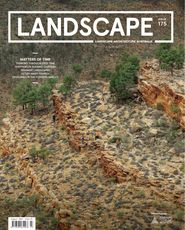
Practice
Published online: 4 Aug 2022
Words:
Julian Raxworthy
Images:
Alexander Puell,
Matthew Gandy,
Paul McClure,
Plant Image Library, shared under CC BY-SA 2.0 license at creativecommons.org/licenses/by-sa/2.0
Issue
Landscape Architecture Australia, August 2022

